Hellblade: Senua’s Sacrifice, in short
Hellblade is a rare gem for PC, Xbox, PlayStation 4, and Nintendo Switch. With its unique scenery, efficient gameplay, and beautiful graphics, it is a great purchase for gamers seeking engaging stories. However, if you prefer advanced gameplay experiences and/or feel uncomfortable with dark and psychotic atmospheres, Hellblade may not be the best choice for you.
A must!
What’s great about Hellblade
- A well-written story.
- A beautiful game.
- A mastered soundtrack.
- An efficient gameplay
What’s not so great about Hellblade
- A tad short.
- A fake permadeath.
- More diversity in the gameplay would have been great!
Initially released in August 2017 and developed by Ninja Theory (the talented studio behind Heavenly Sword, Enslaved or DmC — and now an Xbox Game Studio), Hellblade: Senua’s Sacrifice is an action/adventure game on PC (2017), PlayStation 4 (2017), Xbox One (2018) and Nintendo Switch (2019).
Is it worth your time and money today? Answer in this late review.
— I reviewed the game on Xbox One X (a detail that has its importance).
Welcome to Hel(Heim)
Hellblade: Senua’s Sacrifice places the gamer in the shoes of Senua, a young Scandinavian warrior. She just lost her love, Dillion, who seems to have suffered a horrible death since Senua is carrying his head in a bag attached to her belt.
In a desperate attempt to bring him back, Senua is trying to reach the underworld, Helheim — the realm of Hela, goddess of the dead.
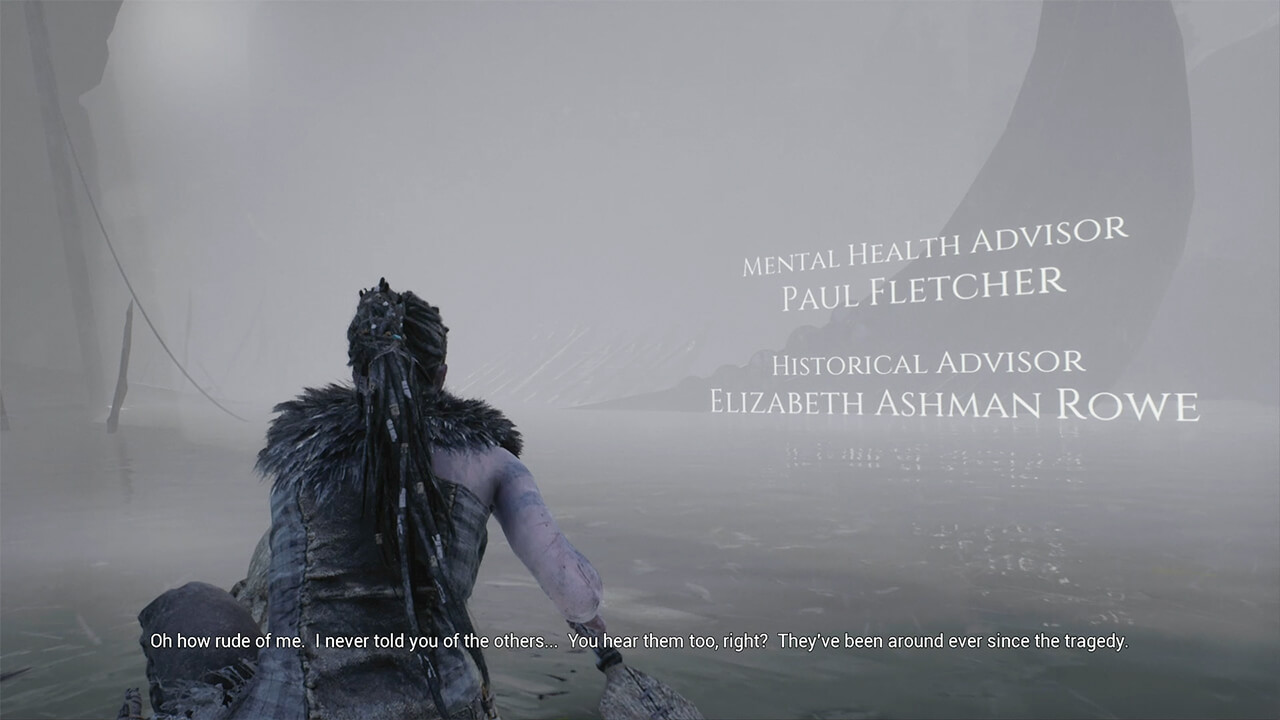
The game opens as Senua begins her journey. And, very early on, you’re introduced to Senua’s curse: she is suffering from severe psychosis and is constantly – among other things – disturbed by voices commenting and questioning everything she does. Unsettling, yet beautifully done.
A rare emphasis on mental health
As upsetting as it is, mental health is one of those topics that we collectively acknowledge to ignore because it’s more convenient that way — Me bringing this up doesn’t mean I’m not to blame either. We’ve all ignored the topic one way or another.
And there’s a good reason for it; it’s a scary one.
Of course, now that we’ve gone through partial (or total) isolation due to the COVID-19 pandemic, mental health has become a trendier topic that our societies seem to take more seriously. We realized that mental health issues aren’t that uncommon, it doesn’t only happen to others, and our collective psychic isn’t as strong as we liked to believe before the pandemic.
To make a long story short, it is great to see AAA games tackling the topic. And even more kudos to Ninja Theory for shedding light on mental health issues back when the topic wasn’t as sexy and relatable as it is today.
Real research. Real experiences
Transcribing Senua’s feelings and senses was not taken lightly.
The folks at Ninja Theory met with psychiatrists and people suffering from psychosis to better understand the disease and how it affects patients.
Based on those testimonials, the developers of the game included key details to create an experience that’s close to what those suffering from psychotic episodes live.
For instance, dizziness is a common symptom shared across patients. In the game, the screen will get a bit fuzzy after running for a couple of seconds, and the edges of items and walls around you will dance a little too. Other patients might become extra sensitive to light when under stress. In Hellblade, bright objects will get extra bright when Senua’s not at her best.
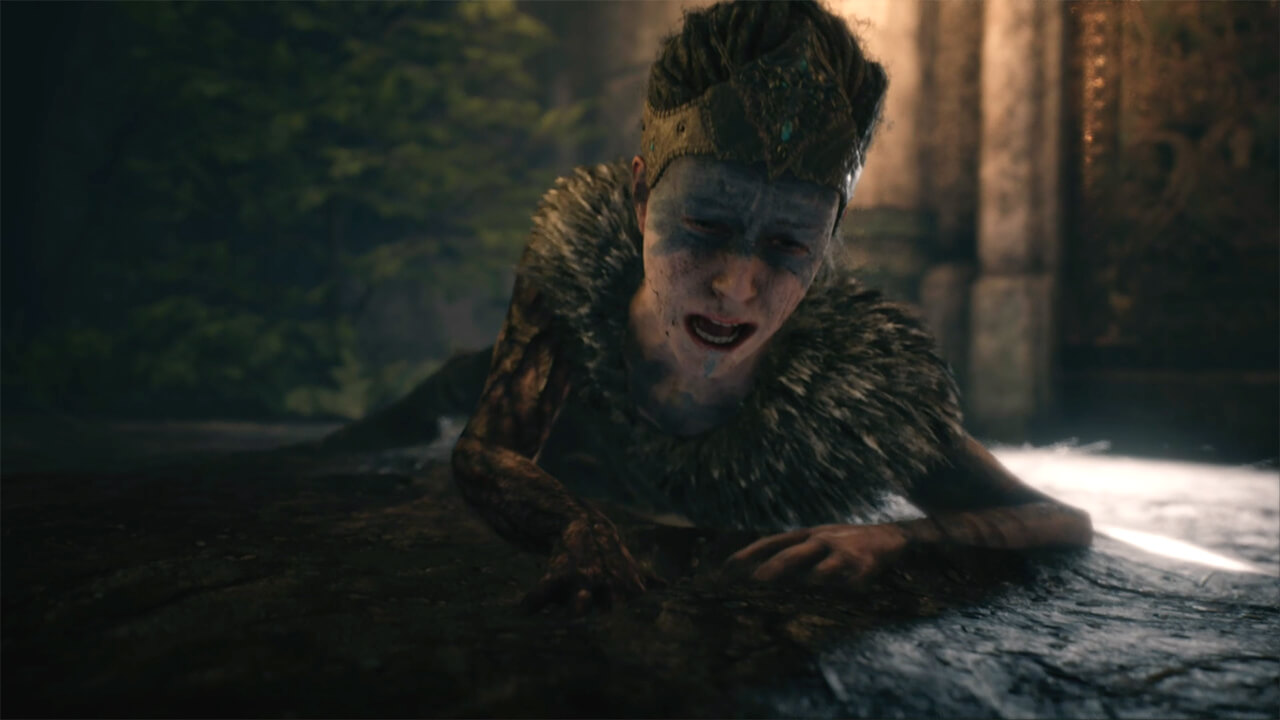
A unique making-off
Ninja Theory also included a making-off that you can directly access from the main menu.
In the making-off, they brilliantly explain how they tried to mimic and include real-life symptoms in a realistic way while offering a solid gaming experience.
A must-watch after completing the game a first time, as the making-off contains many spoilers.
A highly pragmatic gameplay
Hellblade’s gameplay is not transcending, but it is efficient.
You will alternate between three phases: exploration, combat, and puzzle-solving.
The narrative exploration phases account for the major part of the game. They’ll have you explore the devastated yet beautiful world of Hellblade. Exploring will also give you a chance to listen to Nordic tales that can activate as you find rune stones spread around the map.
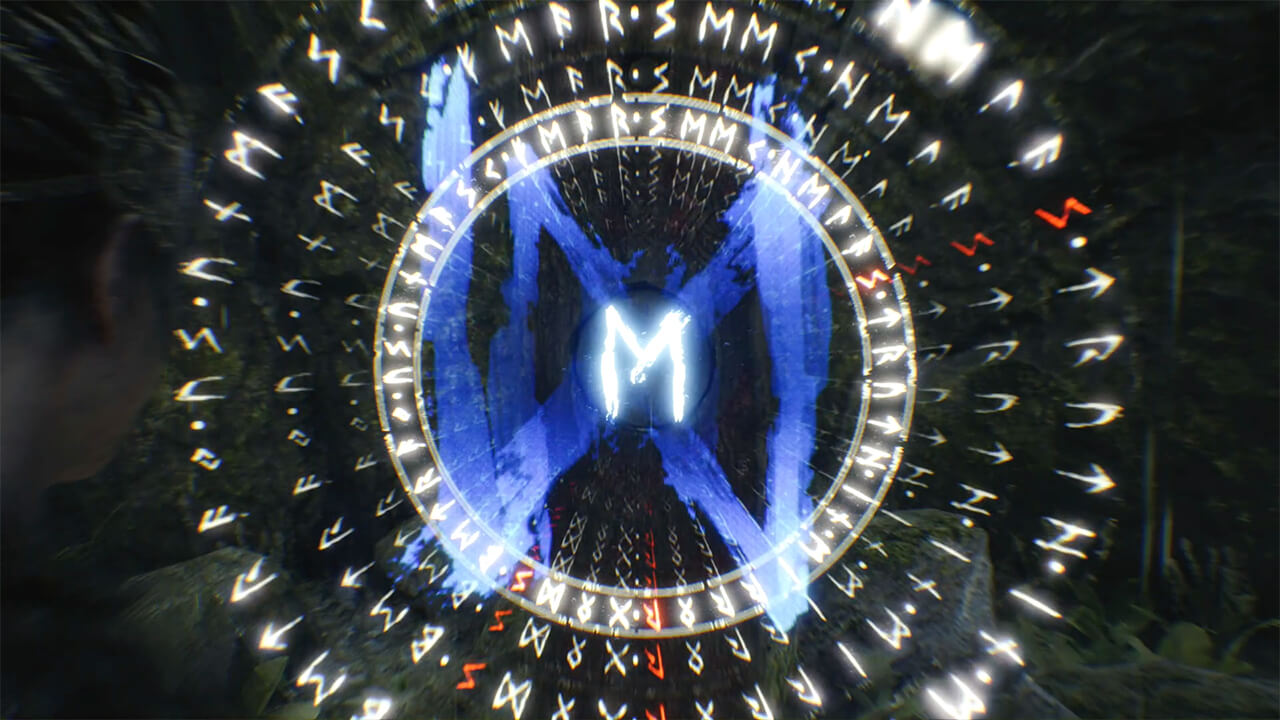
Mandatory enigma phases are the second gameplay pillar for the game. You will have to solve a ton of puzzles to move forward in the story (more on that in a couple of paragraphs below).
Finally, you’ll be fighting a lot (so much that you might find it redundant and overly long at times).
The first fights will be short and easy to beat, as you’ll only have a couple of enemies to take down. Later in the game, you’ll find yourself fighting up to 10 enemies at once, making fight scenes lengthier and more demanding.
Parry, dodge, attack. Parry, dodge, attack, etc.
The game won’t let you rush your way through (at least, I couldn’t).
The game will even reward you as you dodge and parry attacks at the right time. This is materialized by a little bag that Senua carries, and that will gradually lighten up as you successfully escape your opponents’ attacks. Reaching three symbols will allow you to slow time – and give you a significant advantage over your enemies in combat – during a brief moment.
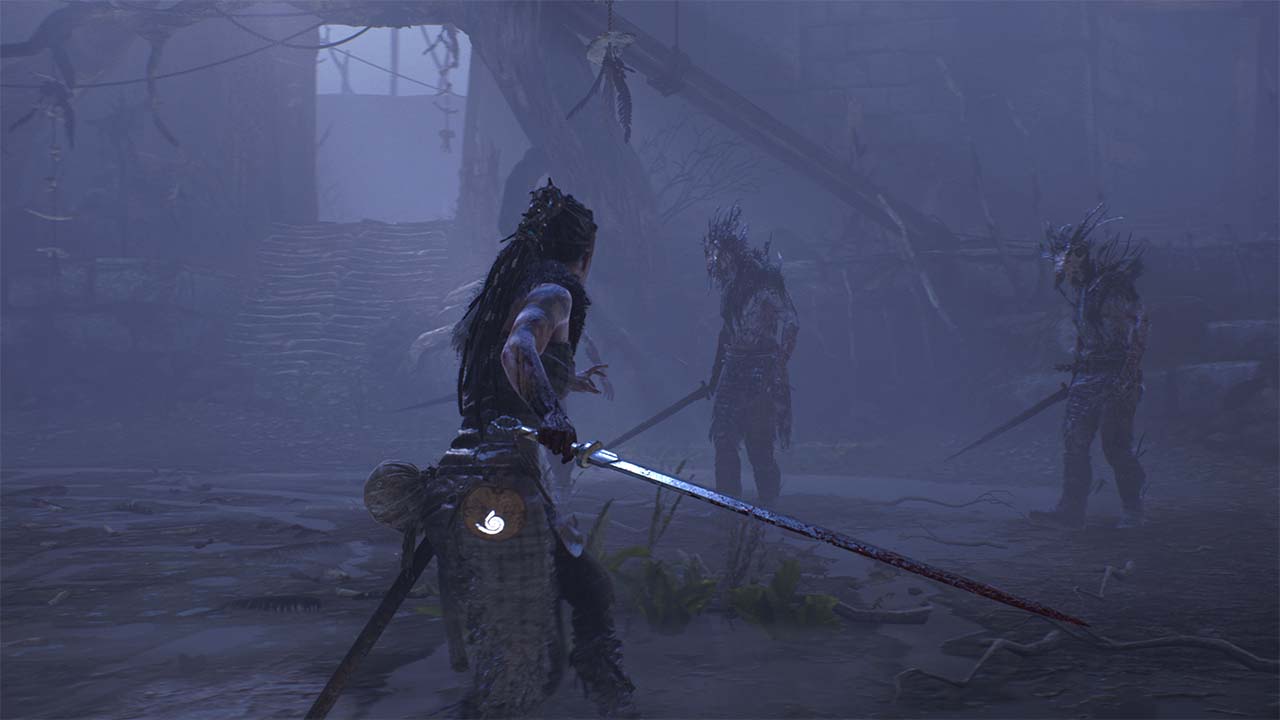
Slowing down time will even be necessary to defeat stronger and faster enemies.
Learning by doing: no in-game tutorial
Hellblade isn’t the most accessible game out there; unless I missed it somehow, it doesn’t offer any tutorial.
You won’t be told how to fight. You won’t be told how to defend yourself. You won’t get a written tutorial explaining how to solve enigmas either.
You are on your own.
Fortunately, the first fights aren’t too challenging and give you time to learn how to manoeuver Senua.
Having said that, Senua isn’t completely alone, and you can count on the voices to suggest things to try to solve enigmas and beat enemies.
For instance, when you’re fighting more than one enemy, voices will warn you with a sudden “WATCH OUT”, or a “BEHIND YOU!” if and when an enemy is about to attack you from behind.
A ton of (mandatory) enigmas and puzzles to solve
As mentioned earlier, enigmas play a central part in Senua’s Journey.
While they are rather classic and easy to solve once you understand the game’s mechanics, the reason why you have to solve those enigmas and the form they take is a lot more interesting.
Developers also tried to transpose what psychosis looks and feels like through the enigma phases. For instance, on many occasions, you’ll need to solve visual enigmas to open doors.
The reason for this is that, when having psychotic episodes, some patients build mental barriers that they can knock down by focusing their attention on something else.
Other patients may see things that aren’t really there. To unlock the situation and beat those symptoms, they have to try and see things from a different perspective. In the game, you’ll have to play with doors to alter your perception of reality and make elements appear, or disappear to help Senua move forward. Others will hear voices, and Senua will also be able to count on those to find clues and solve specific puzzles.
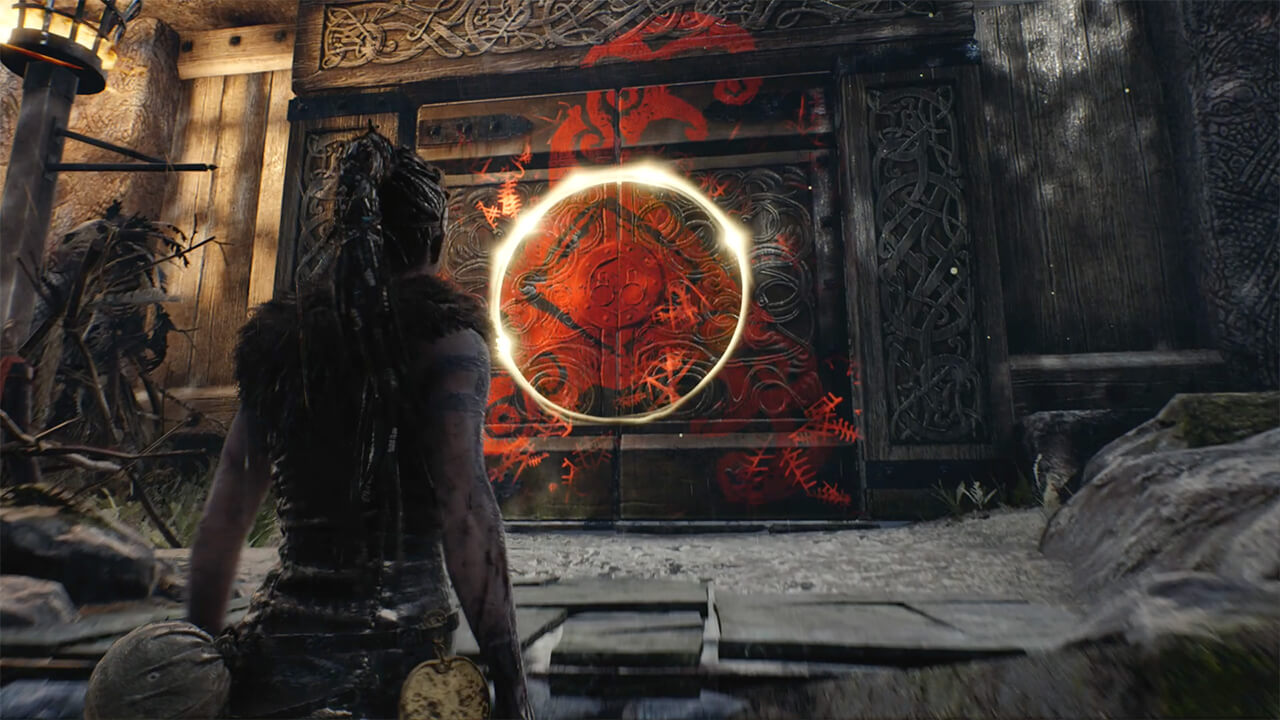
Some players will find it repetitive, but I found that most puzzles and enigmas were fun to solve.
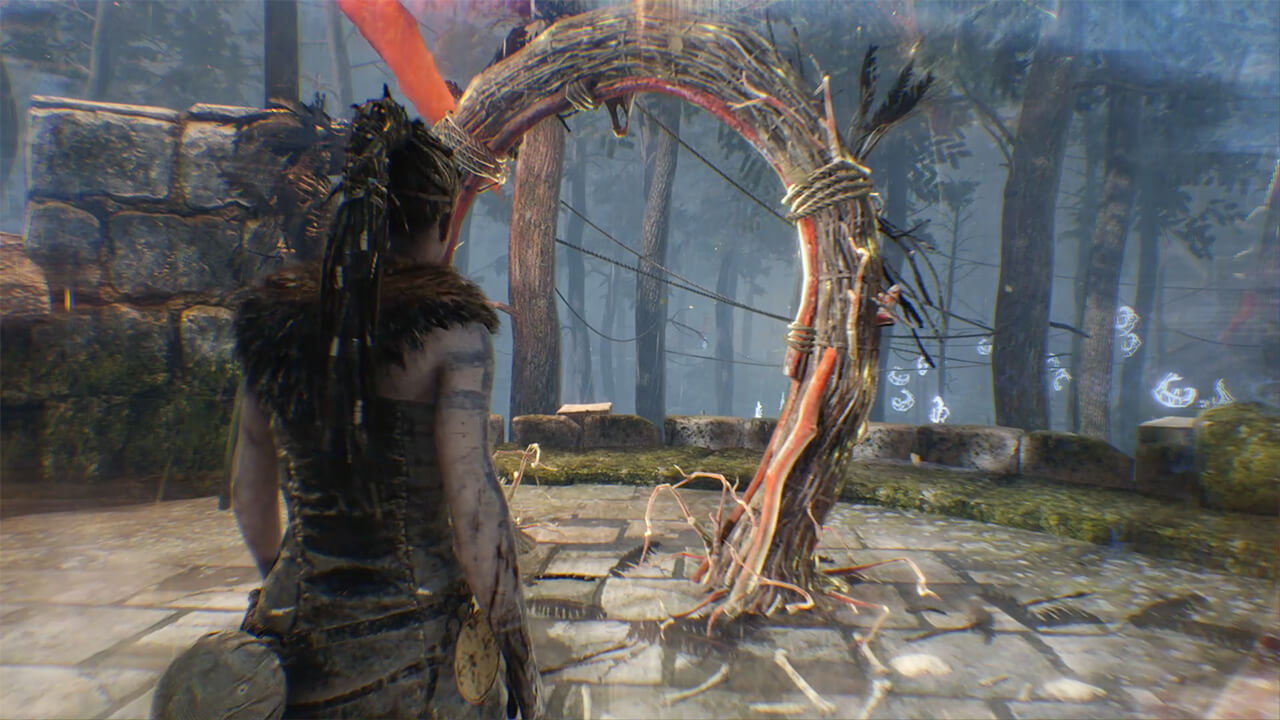
Challenging, but not too difficult
Hellblade is not a difficult game, but it won’t be merciful if you fail.
A stressful permadeath system
At the end of your first fight — a fight that you cannot win—, you’ll learn that dying in Hellblade has heavy consequences.
Each time you die — in combat or elsewhere —, a dark rot will grow on Senua’s right arm. Die too many times, and the rot will grow. If it reaches her head, your save will be erased, and you’ll have to restart your Senua’s journey from the start.
In other words, that’s a permadeath system (for Permanent Death).

I did die two times during combat and another ten times during other sequences of the game. One sequence, in particular, trying to escape a wooden house on fire, had me failed seven or eight times (which can be terribly frustrating and stressful as you see the rot grow on Senua’s arm).
Fortunately, the game in its entirety isn’t too challenging, and you should be able to see the end of the adventure without too much trouble, especially since you can configure combat difficulty from Easy to Hard – I picked the Auto Mode, which gradually increases the difficulty as you advance in the game.
I’ll now share a bit of a SPOILER regarding Hellblade’s permadeath in the next lines. To avoid it, quickly scroll down and continue your read after the next screenshot.
SPOILER STARTS NOW
Sadly, it looks like the permadeath isn’t real.
I haven’t challenged the game that way myself, but it seems that the permadeath system is a bit of a bluff from Ninja Theory, and the rot never really reaches Senua’s head, no matter how hard you try. For instance, Wesley Yin-Poole, editor at Eurogamer, tried to make it happen by dying about 50 times, and nothing happened.
My best guess is that Ninja Theory wanted to get in our heads to make the Hellblade experience more intense (and, you can trust me on this, it really works).
SPOILER ENDS NOW
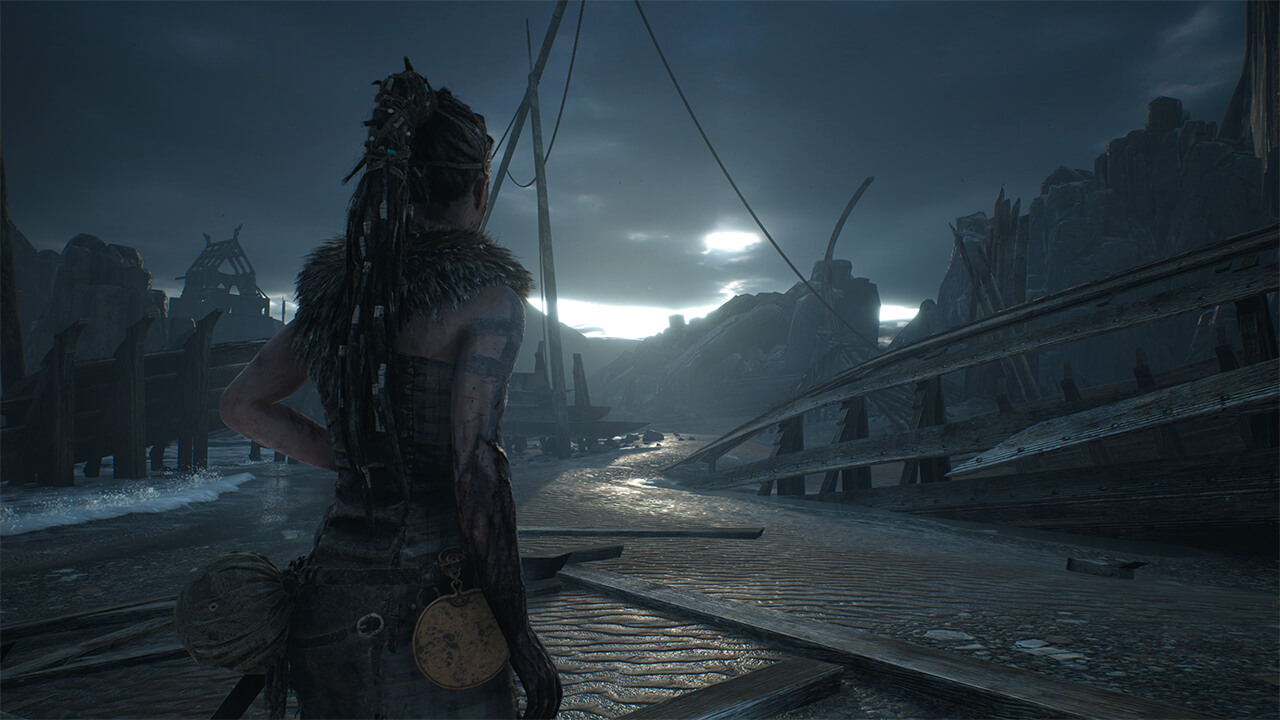
Hellblade is a beautiful and immersive title
Hellblade is one of the best-looking games of the 8th generation of consoles. Visuals are dense, reflections are convincing, lighting effects breathtaking, and Senua’s face — Melina Juergens — is remarkably well modeled (which is no surprise coming from Ninja Theory).
In other words, you shouldn’t be disappointed.
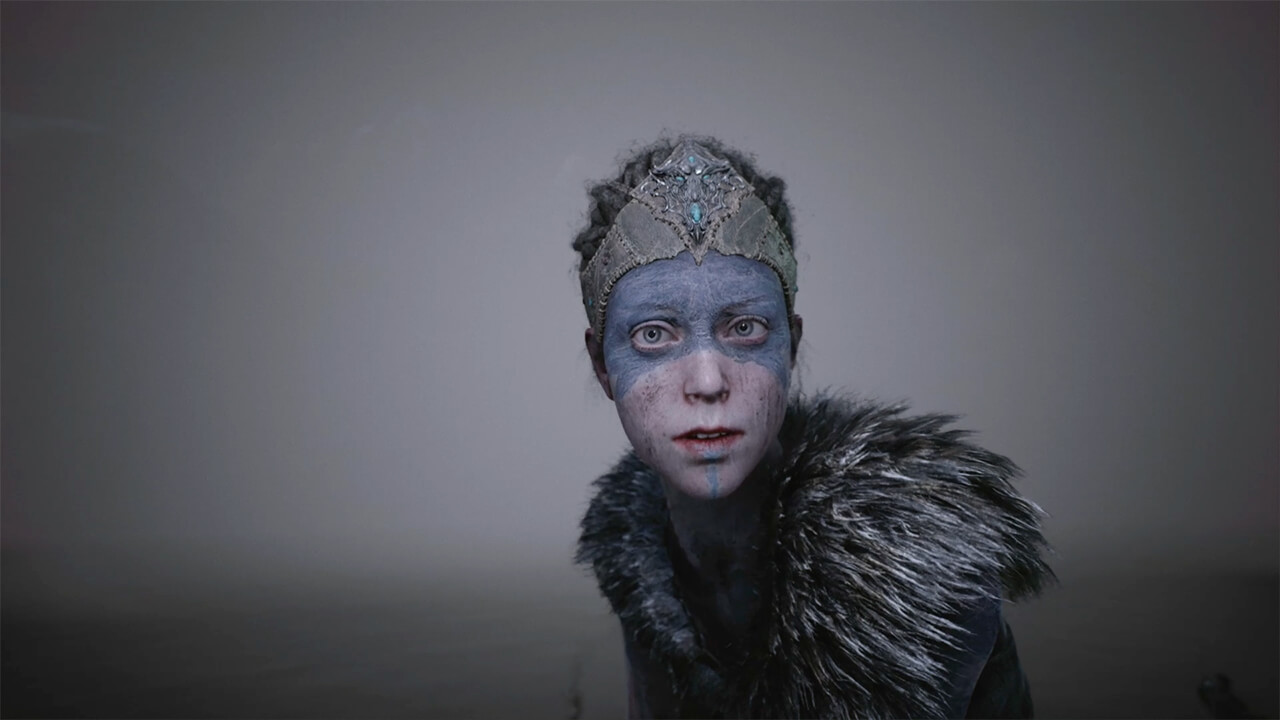
That feeling is carried by the total absence of HUD.
No HUD
When playing Hellblade, you’re left with Senua and nothing/no one else. There’s no HUD to distract you from the beauty of the game – even during fight scenes (other than her bag lighting up during combat scenes, and the screen getting darker when you receive damage).
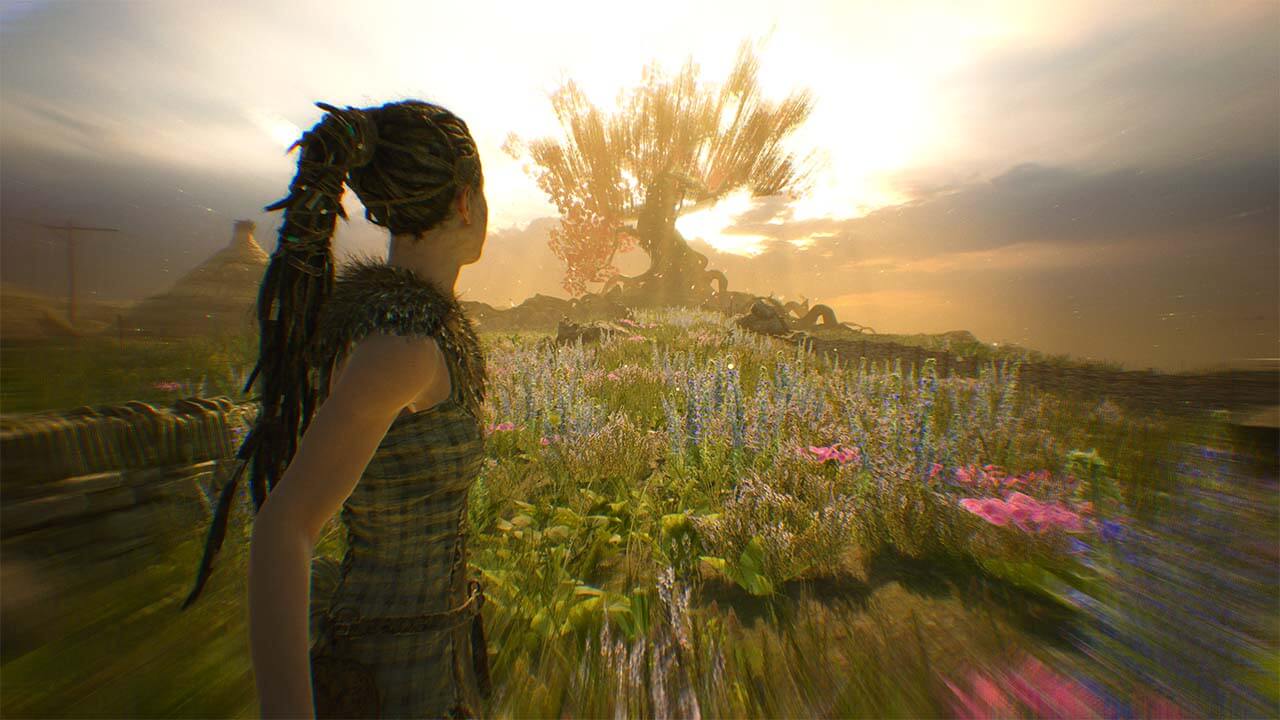
Play in the best conditions on PC, and on the latest Xbox consoles
Being an Xbox Game Studio, it is only natural for Ninja Theory to favor Microsoft’s consoles.
Starting with the Xbox One X, which gives you the possibility to play in 4K 30 FPS (Resolution Mode), or in 1080p at 60 FPS (Framerate Mode). A recent update for the Xbox Series also increases the overall quality of the game (improved shadows and textures, much faster loading times, and a 60 frames per second Resolution Mode for the Xbox Series X).
Having said that, the game still looks dope on base PlayStation 4 and, surprisingly enough, even on the Nintendo Switch, though sacrifices had to be made, as explained by the folks at Digital Foundry.
Immortalize beautiful sceneries with the photo mode
Photo modes definitely are the new hot feature of recent games, and Hellblade doesn’t escape the rule.
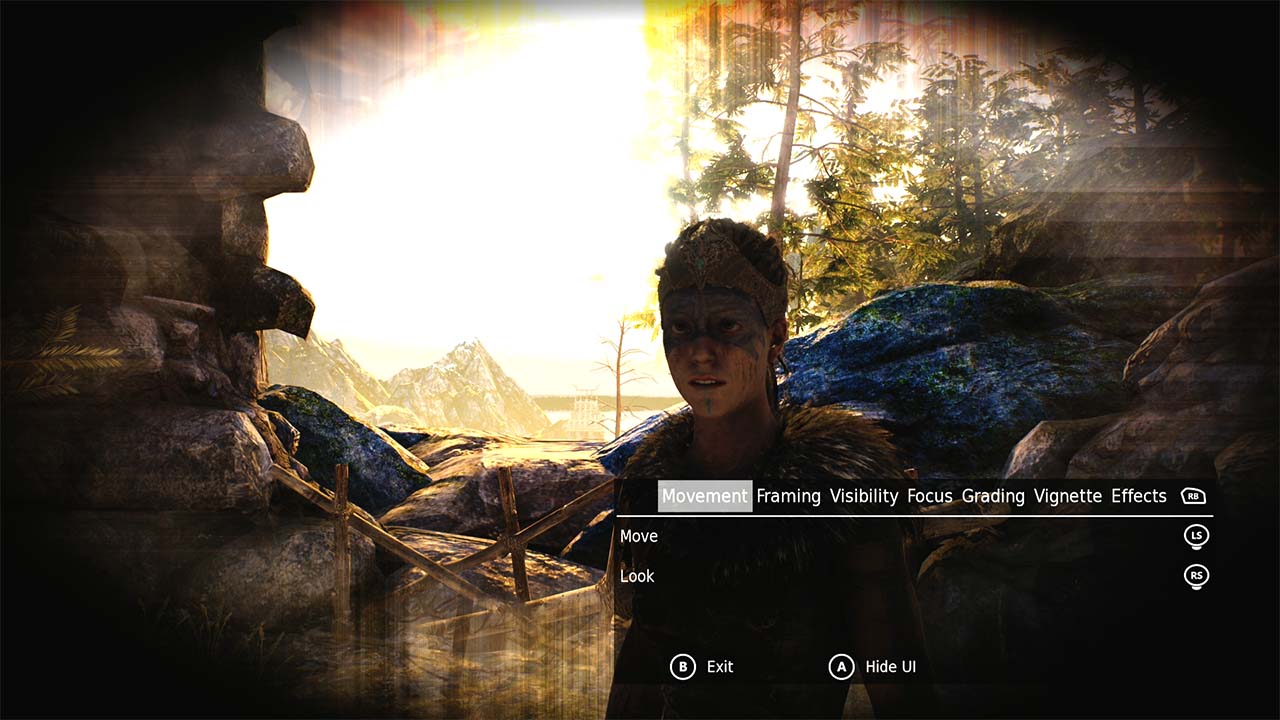
Without being transcending, the photo mode lets you capture and immortalize moments of Senua’s journey.
The sound of a troubled mind
Other than the incredible visual work from Ninja Theory, trying to get into Senua’s troubled mind meant having to work extra hard on building a failproof sounds environment.
Troubled voices echoing, scary nordic chants, enemies growling at you, etc; the sound system is maybe of the best I’ve gotten to experience.
Long story short, if you can play with headphones.
How long to beat Hellblade: Senua’s Sacrifice?
Hellblade is a short game, but it’s better that way. Count about 10 hours to see the end of the game.
Nowadays, many gamers would argue that short games aren’t worth paying for. I’d argue that it depends on what the game offers. I’d rather play a short and intense adventure than a long and boring one. Hellblade definitely belongs to the first category.
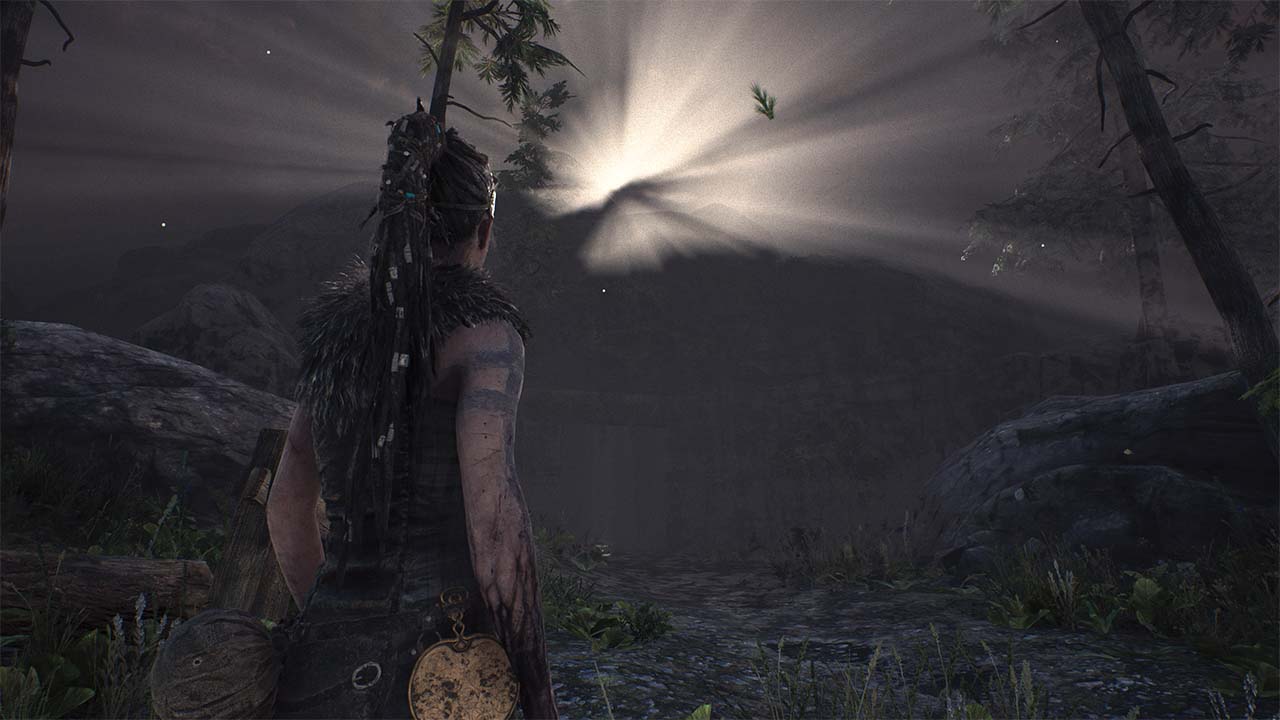
What’s more, Senua’s adventure is so dark and intense that it will tire you so much that you will be delighted to see Senua’s hardship end.
A couple of flaws, still
Hellblade is a great game, but it’s not perfect.
A cruel lack of diversity in the gameplay
Hellblade’s gameplay is very pragmatic:
- Two buttons to attack.
- One button to dodge.
- One button to parry.
And that’s it.
While you will appreciate learning to master those simple moves during high-paced and rather impressive fight scenes, it would have been even more enjoyable to include more diversity in the gameplay.
That, coupled with overly long fights, and you get the ingredients for a frustrating experience.
Similarly, Senua is quite stiffed and won’t be able to jump over obstacles. You can, of course, jump over specific elements of the environment, but only if they are meant to be jumped over.
Good buy, or goodbye?
Hellblade is one of those rare gems that leave marks. It’s unique, it’s dark, and it’s quite intense.
If you like adventure games with a great story and aren’t afraid of a little bit of darkness, you shouldn’t hesitate.
If, however, you’re more after advanced gameplay experience and/or are not at ease with psychotic atmospheres, Hellblade might not be a good buy for you.
—
Have you played Hellblade? Let me know what you think in the comments below!





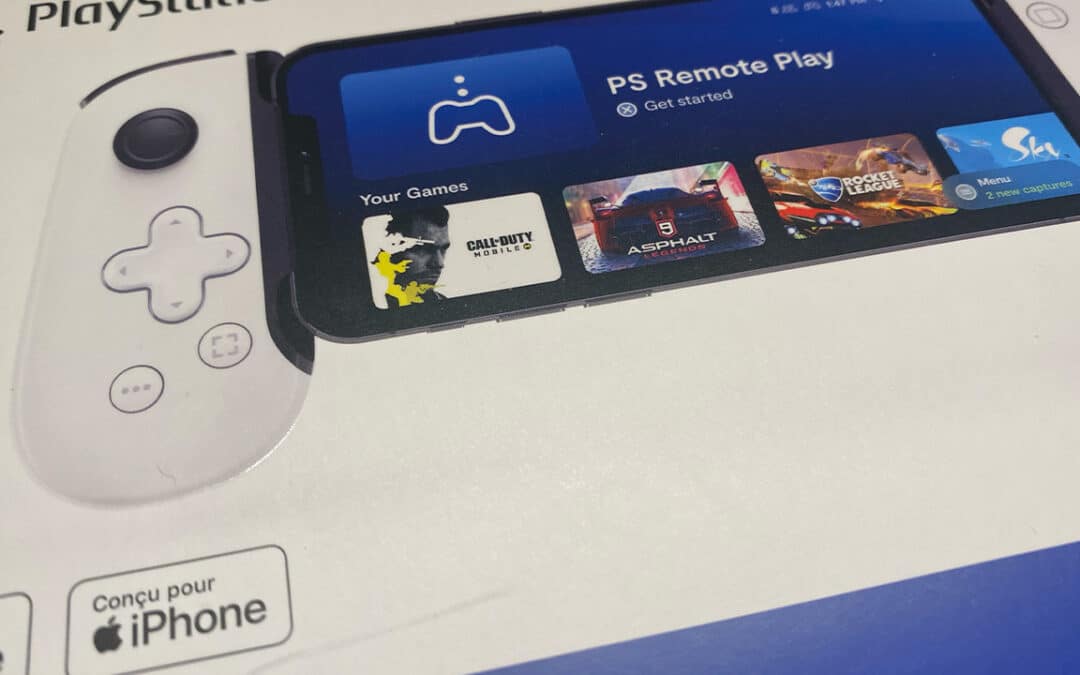
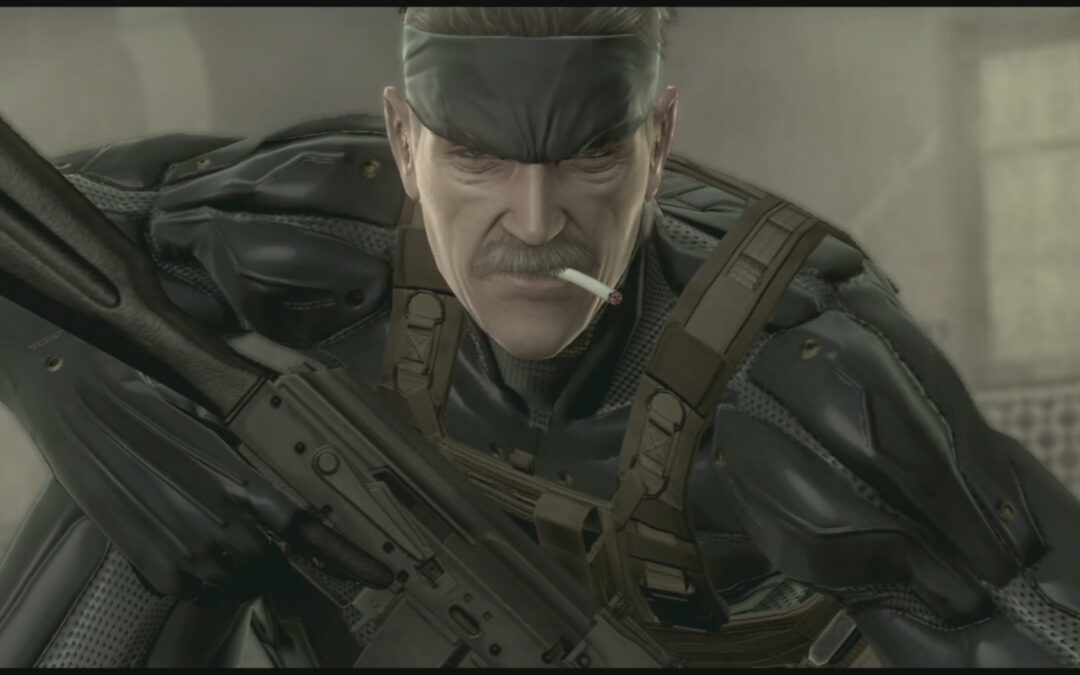
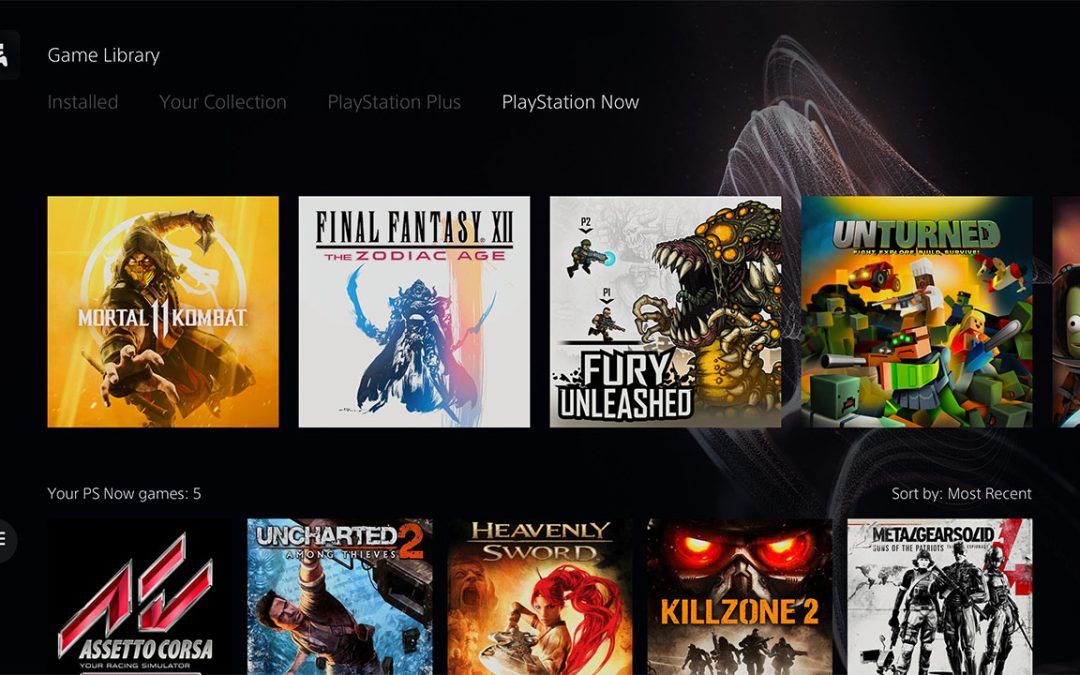

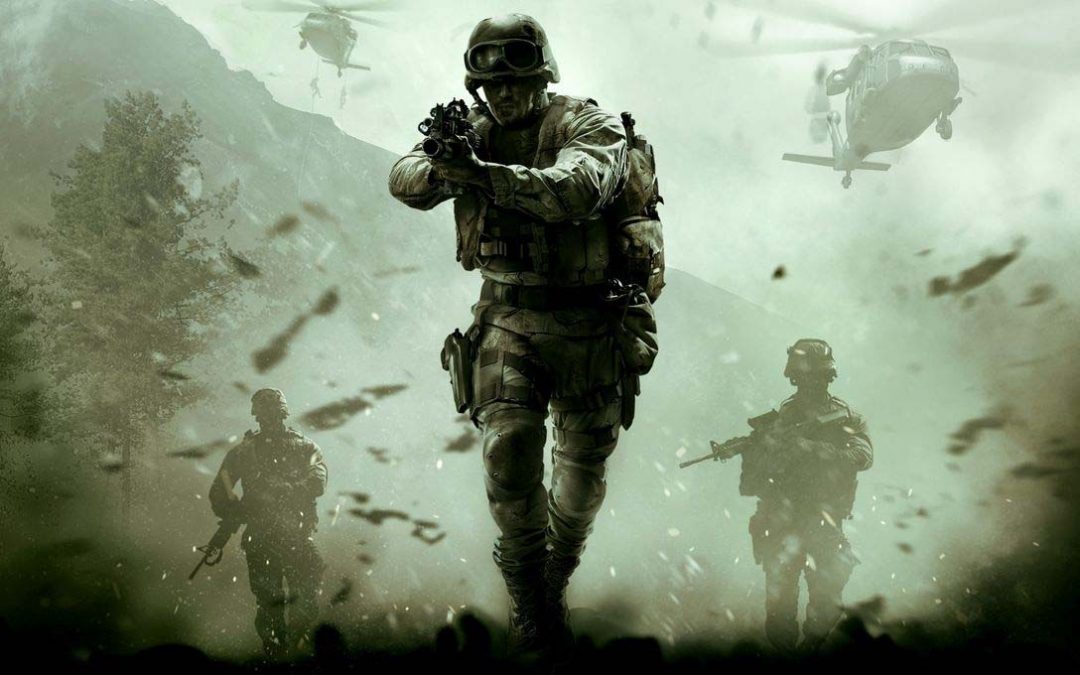
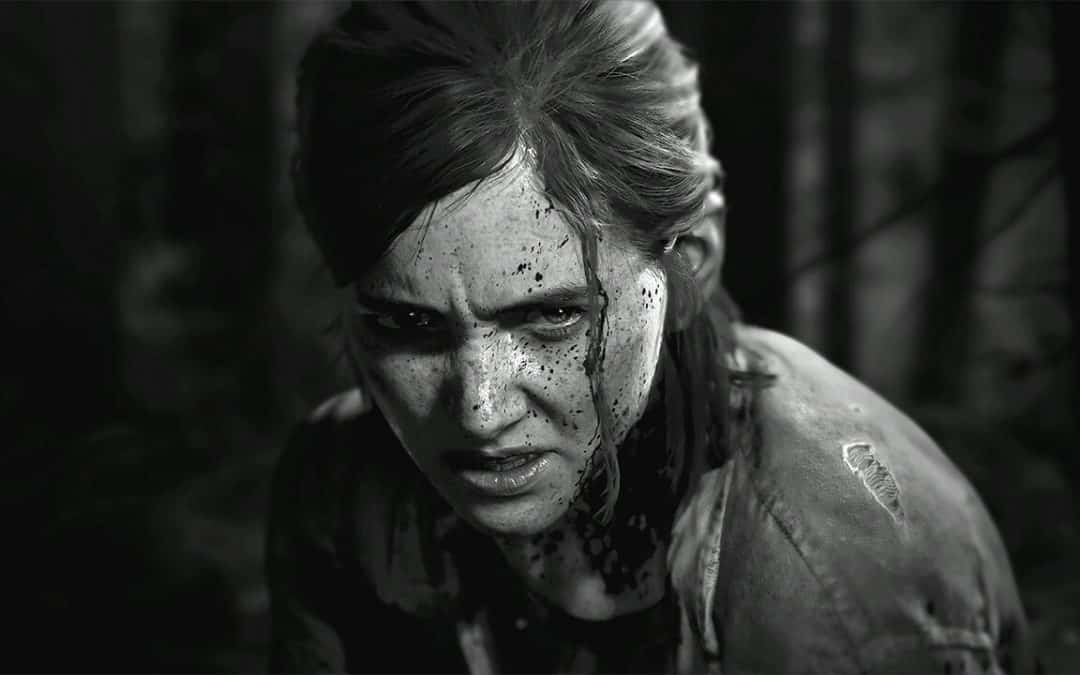
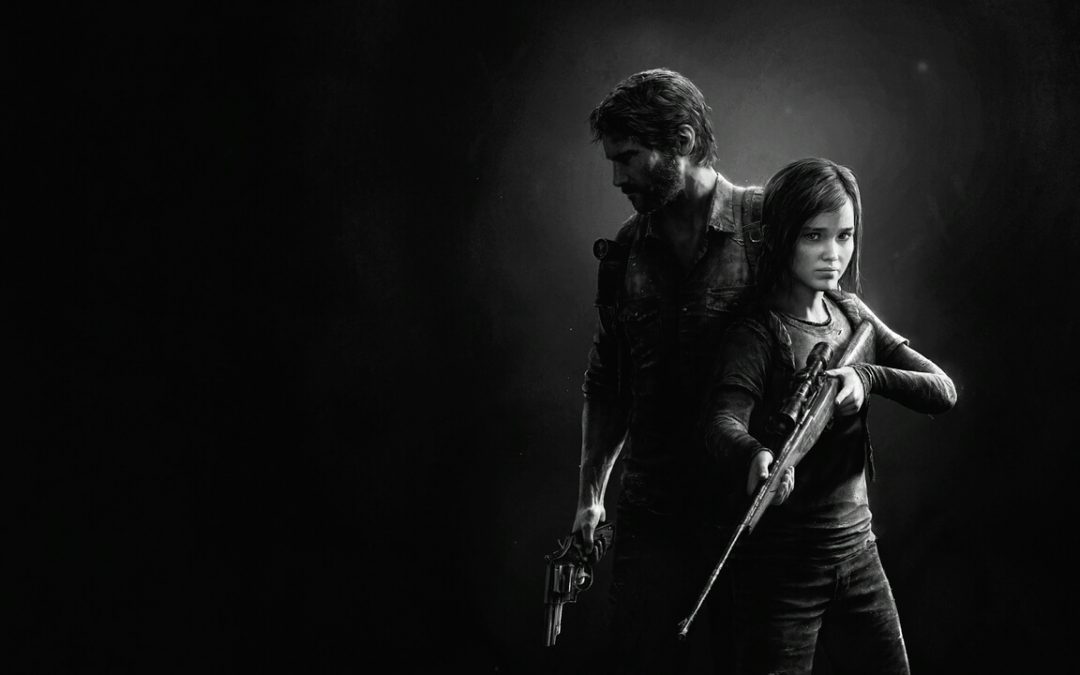
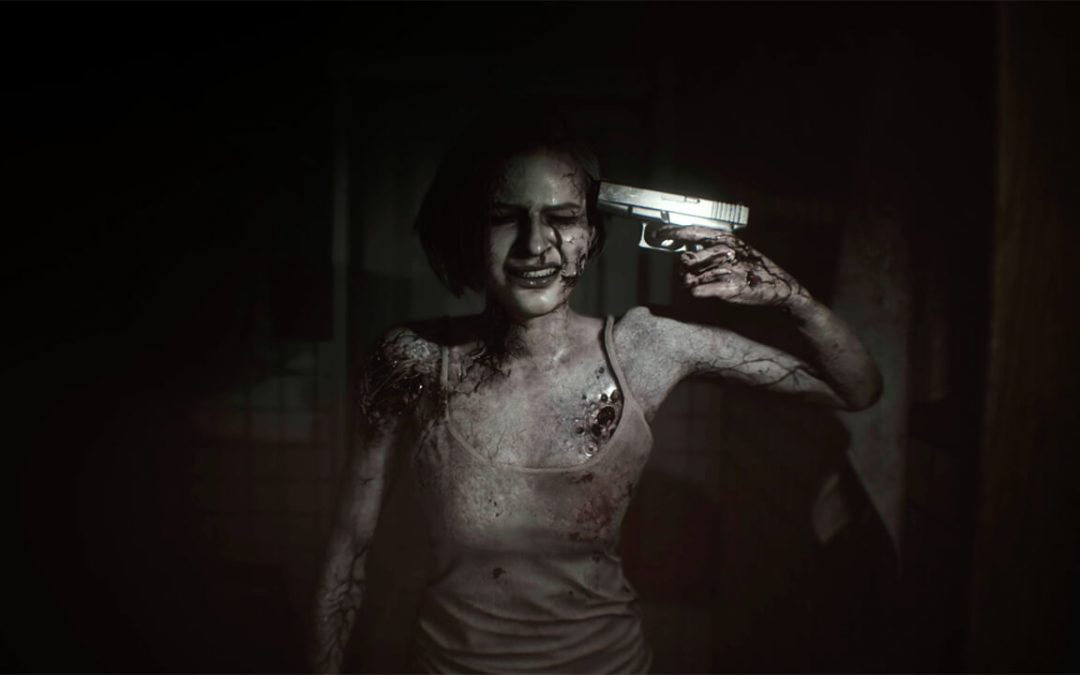
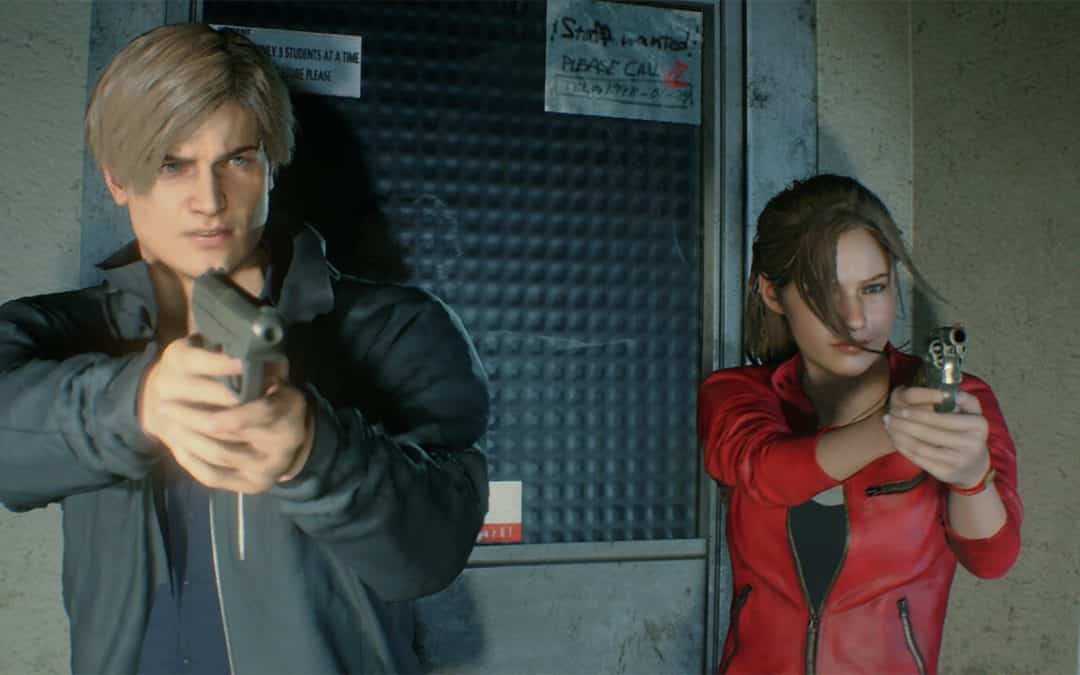


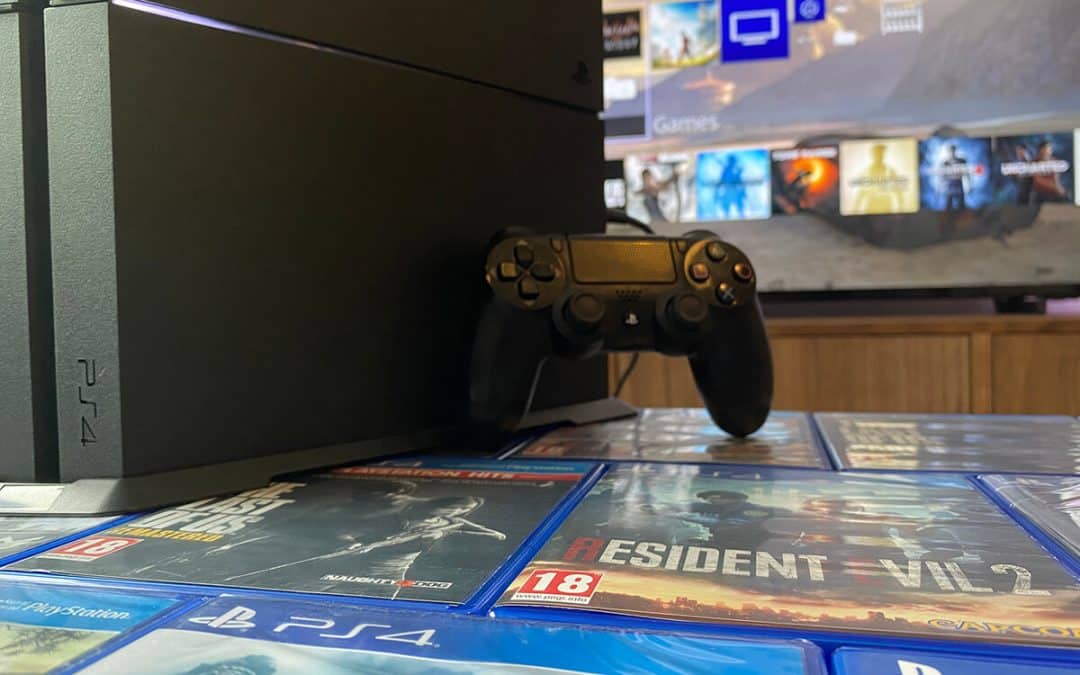
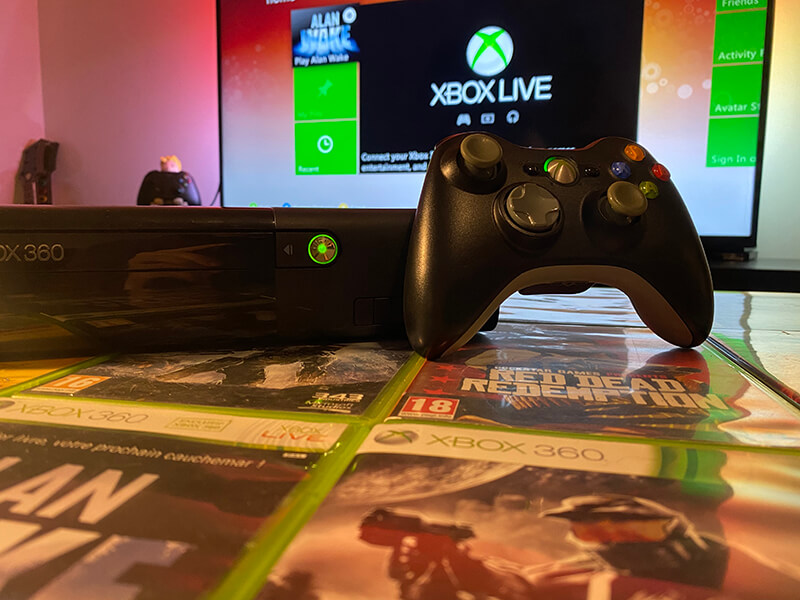
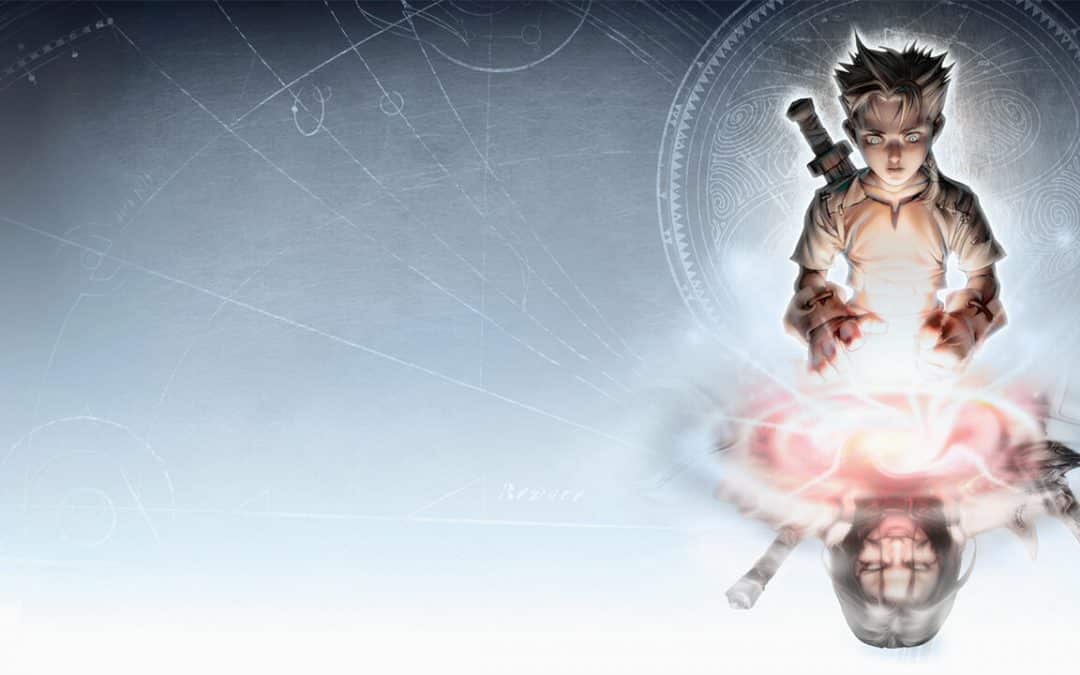
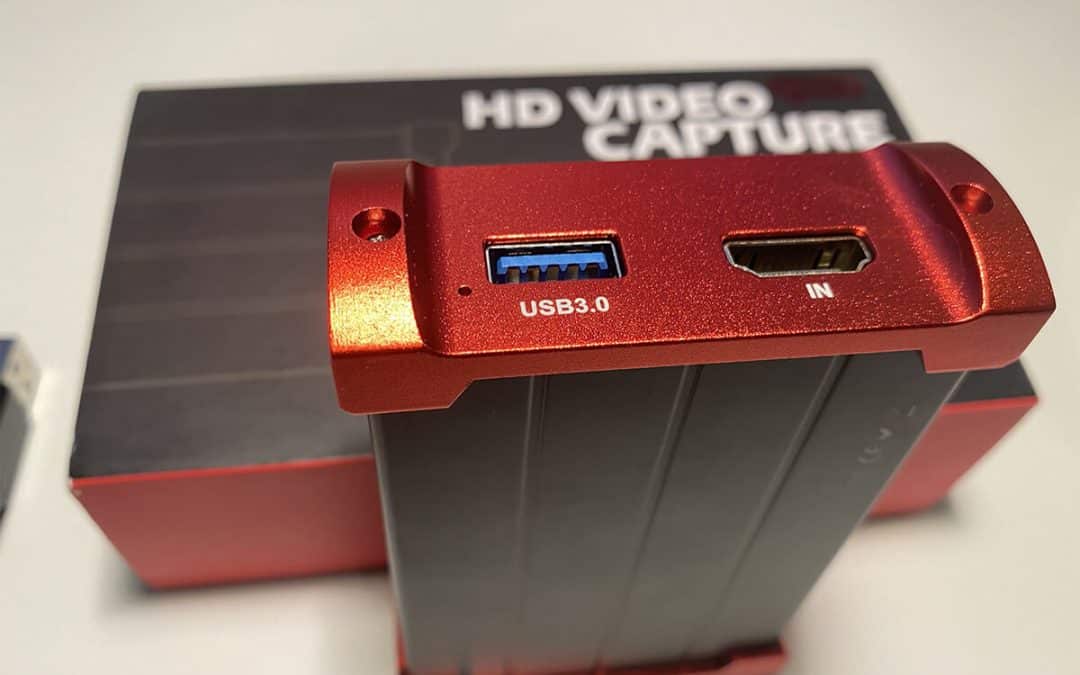
Why would you expect diversity ? Whe the nirdic cou tries were pre-african berber invasion, pre isalmic conquest, the Nordics were containing white Norwich people ONLY.
If that’s whT you mean by ‘diversity was lacking’.
Hey Kareem!
My review says: “More diversity in the gameplay” and “lack of diversity in the gameplay”
As in there’s not many different ways to play the game. The word diversity doesn’t only apply to ethnicity, my friend 😇